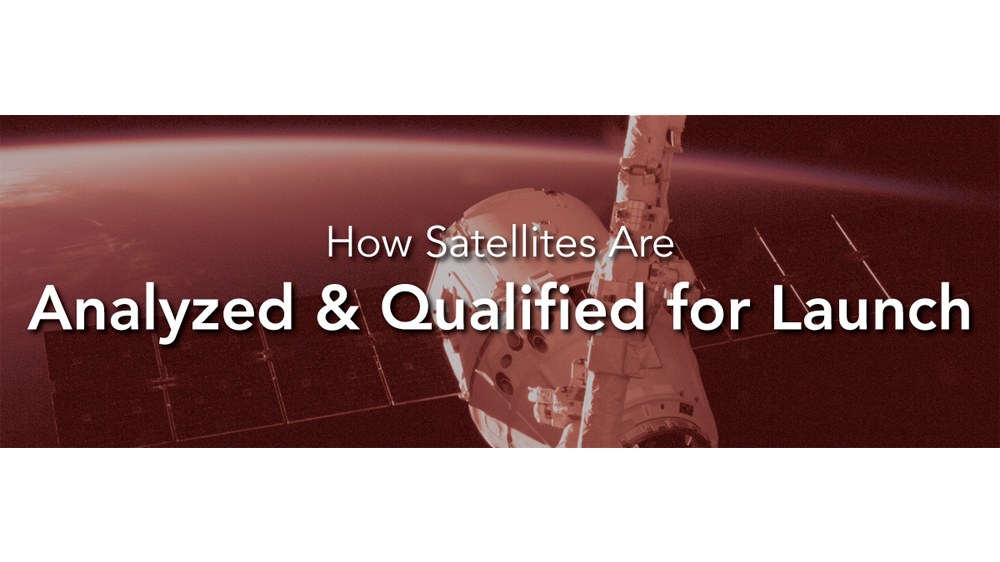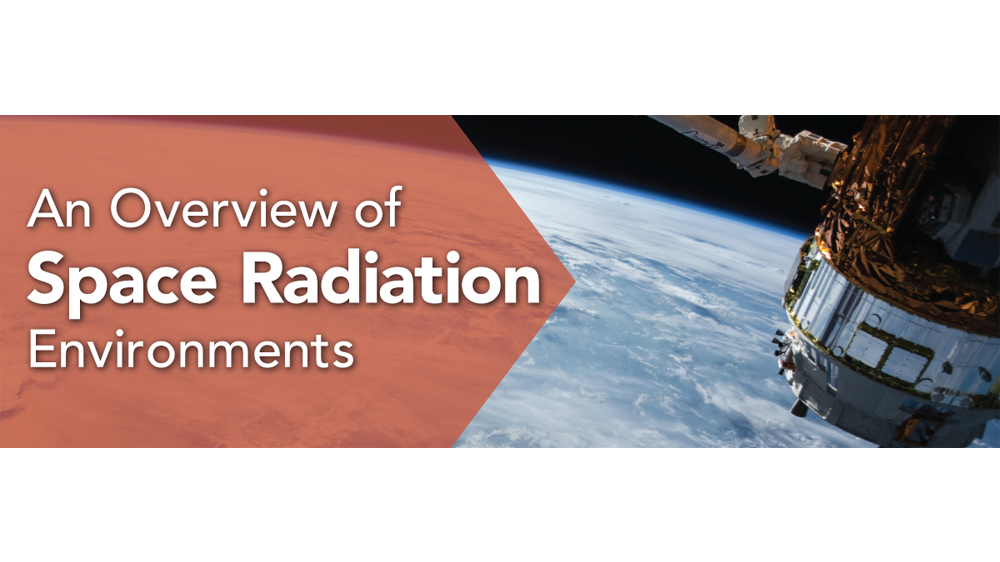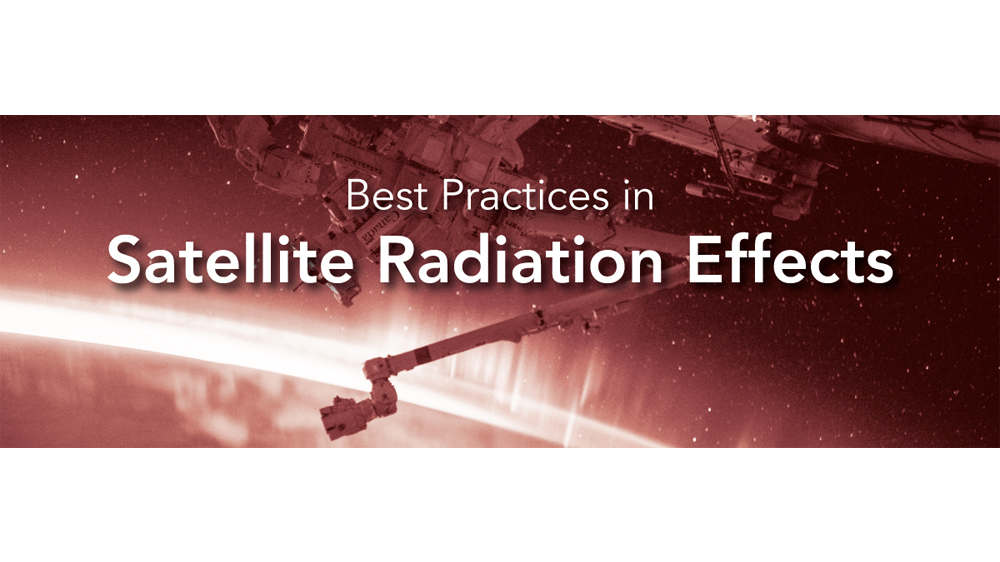
How Satellites Are Analyzed and Qualified for Launch
In this blogpost, Radiation Test Solutions discusses how satellites are analyzed and qualified for launch through a series of design
The radiation dose rate varies with the sample’s distance from the radioisotope source. The typical configuration provides 10 mrad (Si) per second in accordance with TM 1019.
To ensure our clients can rely on accurate measurements and analysis, RTS makes all calibrations traceable to NIST.
The MIL-STD 883 1019.7 setup is for testing semiconductor circuits for total dose effects after exposure to ionizing radiation. All irradiations are conducted using a lead/aluminum enclosure to control the radiation effects on the sample. The maximum inside dimensions of these boxes are 19” x 14” x 4” for our medium box and 27” x 14” x 7” for our larger boxes.
Experienced Radiation Test Solutions staff are available to design, support, and conduct radiation testing. Our radiation lab has DLA suitability status for radiation tests and experiments.
The Radiation Test Solutions lab is operational and available for turnkey testing or Cobalt-60 source rental. Reserve access to the panoramic gamma irradiators at our Colorado Springs location by contacting us today.

In this blogpost, Radiation Test Solutions discusses how satellites are analyzed and qualified for launch through a series of design

In this blogpost, Radiation Test Solutions discusses the difficulties inherent to space radiation environments, their effects on electrical components, and

In this blogpost, Radiation Test Solutions discusses various satellite radiation effects on electronics in orbital service environments. Read on to